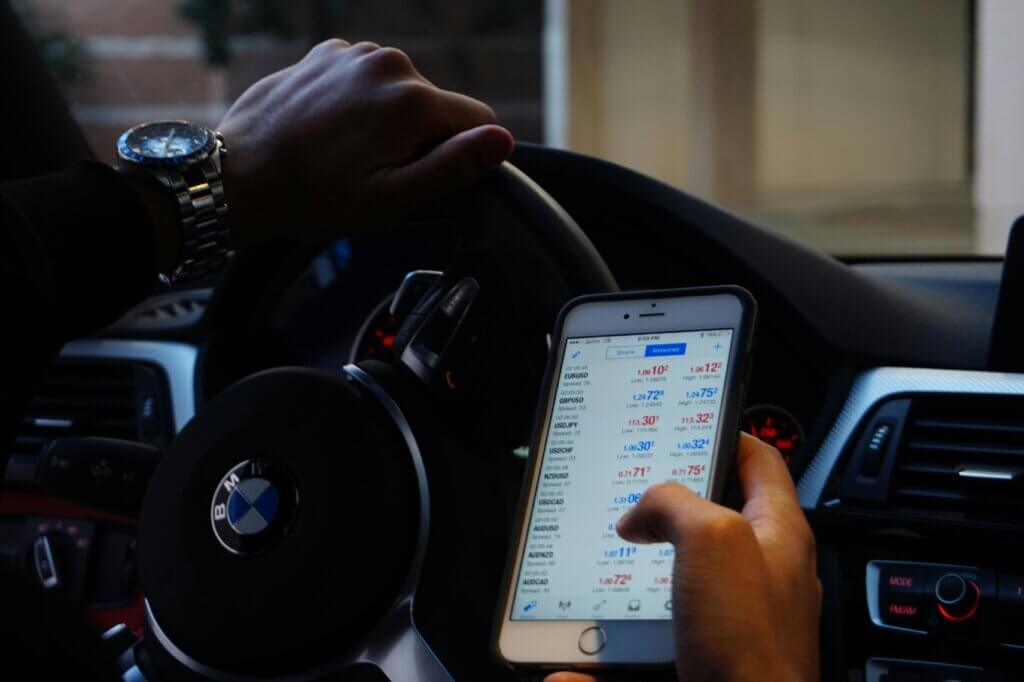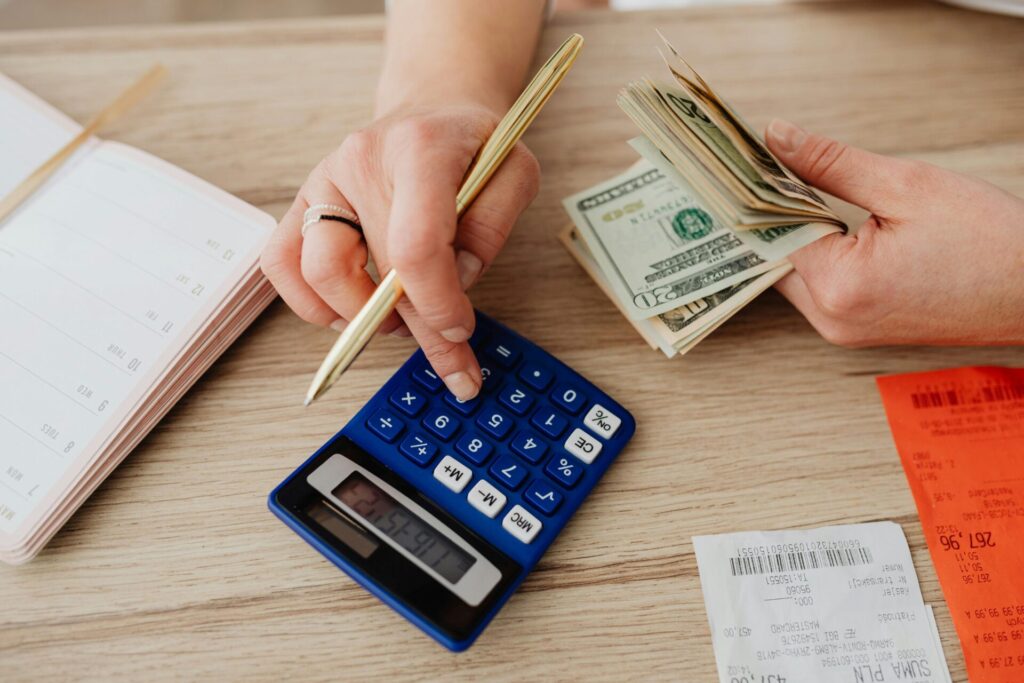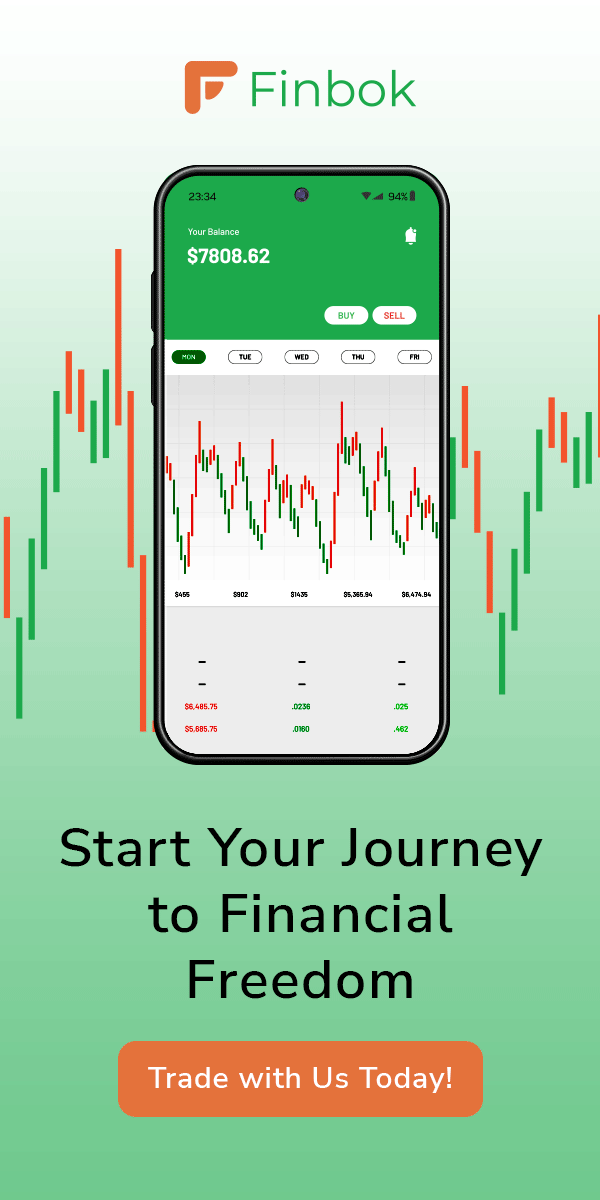Learn how to trade forex with this guide – find the latest market updates and strategies to trade like a pro.
How to Trade Forex – Market Update
The dollar ticked higher on Monday while the yen held steady after its best weekly rally since late April as investors awaited policy decisions by the Federal Reserve and Bank of Japan on Wednesday for a clearer direction.
The dollar index, which tracks the dollar against the yen and five other major peers, rose 0.22% to 104.59.
The euro fell 0.35% to $1.08175, and the pound was down 0.31% to $1.2827. The dollar was bid last at 153.80 yen, having reversed an earlier decline of as much as 0.49% to the edge of 153 at one point.
And markets have been eyeing the jump in the yen over the past week, which has been partly fuelled by speculation that the BOJ will raise interest rates this week.
It is widely expected that the US Federal Open Market Committee will leave rates at the same level this week but cut them by a quarter point at the next meeting in September.

That Fed decision poses a danger for the dollar/yen cross, says Kristina Clifton, senior economist and chief currency strategist at Commonwealth Bank of Australia. ‘Any softening of the Fed rhetoric could force USD/JPY down sharply, but a hawkish FOMC is unlikely to act,’ she added.
Data published on Friday showed funds markedly scaled back their bets against the yen, which touched a 38-year low at the start of the month. “Sentiment is still fragile,” said Shinichiro Kadota, a currency and rates strategist at Barclays in Tokyo. In the end, “what is key is still U.S. equities,” he said, referring to the yen bid triggered by last week’s rout in global stock markets.
“Moves have been U.S. equity-led, and we need to see if things calm down there.”
How to trade Forex – Earnings diary
The US earnings diary this week is full of heavies: Amazon, Apple, Meta, Microsoft.
Investors also feared the possibility of further geopolitical instability, with Israel considering a response to a rocket barrage from Syria that killed two people in the Israeli-occupied Golan Heights, which Israel and the United States said was fired by the Lebanese armed group Hezbollah.
And currency traders had not only the BOJ and the Fed to handle on Wednesday, but the Bank of England to grapple with the day after.
How to trade forex – Sterling under pressure
Sterling slid as markets prepared for the BoE meeting, at which the market sees the chance of a first-rate cut as a coin flip: British bond yields dropped on Monday, pulling the pound lower.
Elsewhere, the Australian dollar was a touch lower at $0.6542, trying to bounce back from Friday’s low of $0.65105 – a level not seen since early May.
Leading cryptocurrency bitcoin rose by 3% to $69,540, getting some boost from positive remarks from Republican presidential candidate Donald Trump, who told a bitcoin conference on Saturday that the US must become a leader in the sector or else China will.
Optimism about prospects for global growth this year and next is rising among hundreds of economists polled by Reuters, but risks to higher inflation are still seen as skewed, even as they hold on to rate cut forecasts.
Most of the world’s major central banks succeeded last year in slamming on the brakes to counter sky-rocketing inflation rates with rapid rate hikes, but a resilient global economy with unemployment at record lows and wage growth strong has kept alive risks of a new surge in price pressures.
Overall, a 56% majority of economists – 114 of 202 answering a question about inflation in the global poll of nearly 50 top economies taken July 8-25 – said it was more likely to be higher than they forecast for the remainder of the year than lower. So, too, with rates.
The world economy was projected to grow 3.1% this year and next – a boost from the 2.9% and 3.0% projections in the April survey and broadly in line with the International Monetary Fund’s most recent forecast.
Even with the upgrade, however, most central banks are projected to lower rates at least twice by year-end.
“The big takeaway from this survey is that growth around the world has kind of managed to keep grinding on … the global economy has managed to hang in there in the face of a lot of stresses and strains and certainly the major tightening cycle of the past two years,” Douglas Porter, chief economist at BMO Capital Markets, said.
“It’s still growing just a bit faster than 3% in the face of a wild array of headwinds … Our call is that growth will hang in there in the 3% neighborhood through the second half.
That optimism is at odds with fears, earlier this year, that the US economy would not be able to withstand such a strong season of monetary tightening – though anxieties about No 2, China, remain.
In the 48 economies covered by the survey, growth forecasts for 24 were lifted from three months ago, 13 of those from developed economies where demand had been lagging, and the rest from emerging economies. Eighteen saw downgrades and six were left unchanged.
Nonetheless, among the world’s major central banks, economists expect the Federal Reserve and the Bank of England to cut rates twice this year, and the European Central Bank three.
Forecasters have been more consistent than the game-playing financial traders and investors, who can switch positions overnight.
Bellicose market pricing for Fed rate cuts at the beginning of the year retreated from six cuts to just one or two in recent weeks and is now back at three. With growth holding up for now, inflation will still mostly dictate how low rates can go, and when. Even now, a clear majority of central banks – 19 of 27 with an inflation goal – were not expected to make it by end-2024.
‘Risks are building… in global core goods prices, where shipping costs are approaching their 2021/22 highs,’ said James Rossiter, head of global macro strategy at TD Securities. ‘We don’t expect the same kind of boost to inflation this time around … But the threat of higher core goods inflation could reduce the offset to sticky services inflation and slow rate cuts.’
Asked which of the core inflation cascade will be the most sticky for the rest of 2024, a plurality – 56 of 104 who answered that question – chose services, followed by 30 who chose shelter and rents.
The others chose others. A 60% majority—131 of 220 – said interest rates by year-end will be higher than they currently forecast rather than lower.

How to Trade Forex: Understanding Market Dynamics
It is important to get to a level of understanding so that you know what’s driving the market when you trade forex.
The forex market is influenced by a number of factors from economic data releases and geopolitical events to the announcements by central banks.
Keeping up to date with these developments can help you make good trading decisions.
How to Trade Forex: Analyzing Economic Indicators
All economic indicators provide data that forex traders are likely to be interested in: this includes everything from the rate of GDP growth, to unemployment stories, to inflation numbers. Why? Well, because each of these indicators is a signal about the economy in a specific country and, in turn, how that country’s currency might move.
The higher the rate of GDP growth in a country, for example, the stronger its currency will be likely to move. This is because investors and importers like to hold the currency of a country that is doing well economically. Conversely, unemployment figures might lend a downward banana to a country’s currency should the unemployment rate rise.
How to Trade Forex: Utilizing Technical Analysis
Forex traders use technical analysis based on price charts along with technical indicators such as moving averages, RSI (Relative Strength Index), and Bollinger Bands to identify trends and possible entry and exit points.
A good forex trading strategy involves learning how to trade forex with technical analysis, using a combination of indicators to increase the probability of positive trade setups. It’s not unusual to use several technical indicators to support a potential trade setup, as it reduces the risk of noise that’s often associated with trading platforms.
How to Trade Forex: Implementing Risk Management
Risk management is a key factor when trading forex. Always set a stop-loss order before entering a trade to limit your possible loss, and make sure you use proper position sizing so that a single trade does not wipe out your trading account.
Always calculate the risk-to-reward ratio of your trade before you enter it so that it aligns with your overall trading plan.
How to Trade Forex: Choosing the Right Broker
It is vital to choose a reliable forex broker. You should look for brokers with lower spreads, good trading platforms and superior customer service.
Make sure your broker is regulated by a respected financial authority. Part of knowing how to trade forex is choosing a broker who matches what you need and how you trade.
Whether it is a small broker or a large one, consider the leverage offered, and the method of depositing and withdrawing funds, and make sure you are comfortable with their trading requirements.
How to Trade Forex: Developing a Trading Plan
A carefully constructed trading plan should be the first step in forex trading. This plan should include your fitness for trading (why you want to trade, your time commitment, your risk tolerance, etc), your trading goals, and your strategies.
Following your trading plan assists with the discipline needed to avoid ‘gut’ trading and overcomplicating your entries and exits. A trading plan is a living document and should be modified according to market conditions and your trading experiences.
How to Trade Forex: Staying Updated with Market News
To succeed, you must keep up with the latest developments in the market. Finbok features a real-time news feed containing the latest news, analysis, and trading signals. This is imperative in forex, as you need to be aware of what is transpiring in the market before it can affect the prices of currencies.
Subscribe to financial channels, follow economic calendars, and join forex communities to keep your finger on the pulse of the market.
How to Trade Forex: Practicing with Demo Accounts
Learn to trade on demo accounts before putting up real money: the vast majority of brokers provide free demo accounts that you can practice on. It will help you to learn to trade forex as it allows you to refine your trading style and become accustomed to the trading platform ahead of putting real money at risk.







